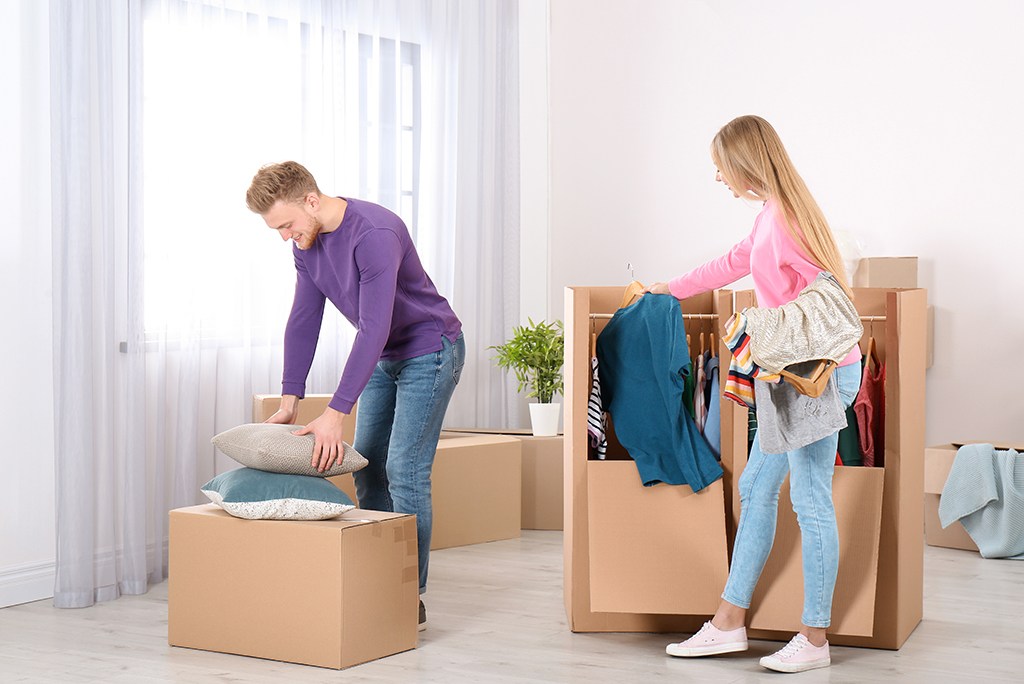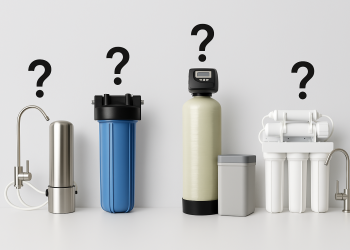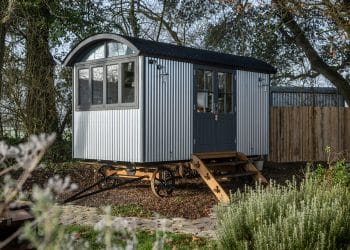Moving can be a pain, especially if you do not follow the best practices for packing moving boxes. It may be tempting to just throw things into boxes with no rhyme or reason. However, proper box packing can be the difference between a seamless move and a stressful one. Consider these tips and tricks to make the process a breeze.
- Gather enough boxes
Estimate the number of boxes that you think you will need and double it. One thing is for sure with moving – you will always have more stuff and need more boxes than you ever think that you will. You can either buy your boxes or find free recycled boxes. The main takeaway is gathering many boxes. It is better to have more than not enough.
- Begin packing early
Packing will take you longer than you think. The sooner you start chipping away, the better. Start packing unimportant items (storage items, spare bedding, spare dish sets, decorative items, etc.) at least three weeks prior to your move.
- Use the right kind of boxes
The main types of boxes are small, medium, large, dish packs, and wardrobe boxes. Small boxes are for heavy, dense items such as books. Medium boxes are for miscellaneous medium-density items such as electronics or shoes. Large boxes are for bulky items such as blankets and coats. Dish packs are for dishware and include extra thick material for added protection. Wardrobe boxes have a hanger in them to keep your nice clothes protected. The main rule is don’t overload large boxes with heavy items.
- Protect fragile items
When packing your dishes, you will need to have plenty of packing paper or bubble wrap. Wrap every dish piece individually and include an additional full layer of padding in between every layer of dishes. You can also use “indigenous” packing material such as towels and wash cloths to protect your items.
- Label, label, label
Label your boxes by room and nature of items. If there are any particularly important items, label them individually. Label fragile boxes as well, as they should not be stacked on top of. You will thank yourself during the unloading process the more you label your boxes.
- Keep boxes open
Fill the boxes to the brim, but do not tape them shut until the day before your move. This will allow you to add to and remove from the boxes as needed.
- Box everything
If it will fit into a box, put it in one. The purpose of boxes is to eliminate trips to the moving truck. The more you consolidate items into boxes, the faster your move will go.
- Pack important items last
Essential items such as silverware and clothing should be packed last, in case you need to use it again before your move. Super essential items such as medication and personal care items should be left out of a box and put into your personal bag or suitcase.
- Fill all boxes to the top
You want to fill each box to the brim evenly, so the items sit flush with the top of the box. This will not only maximize space but will protect your boxes from being crushed when they are stacked onto in the moving truck.
- Tape all boxes shut
While we suggested that you keep boxes open for as long as possible, it is important that you tape them shut prior to loading them onto the moving truck. This is to ensure that the boxes can be stacked on top of each other. Open-top boxes are a big pain and liability on moving trucks because they waste space and are at higher risk of being damaged. If you are hiring a moving company, they will certainly thank you for having the boxes taped shut as well. Not to mention, it will reduce your bill by speeding up their process.
- Use enough tape
Ideally you want to use 3 pieces of tape on the bottom and top of the box, with at least 6 inches of tape covering the vertical parts of the boxes. Taping the bottom of the box securely will ensure that your household items do not break through. Taping the top securely ensures that the boxes can be stacked upon without crushing the box and the precious contents of those boxes.
The Bottom Line
While packing boxes is a relatively simple concept, there is a right way and a wrong way to do it. Improper packing can result in damage to your items and wasted time, money, and space. Follow these simple tips to ensure your next move goes off without a hitch.








